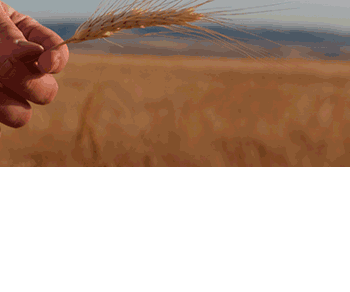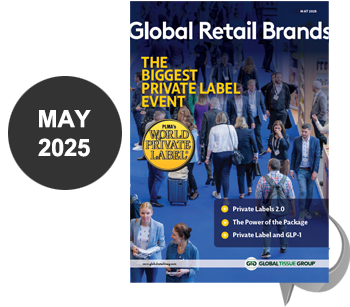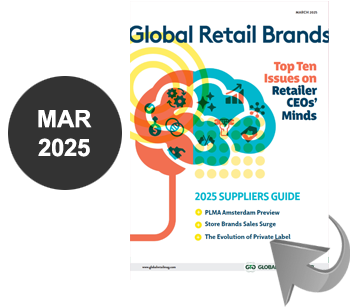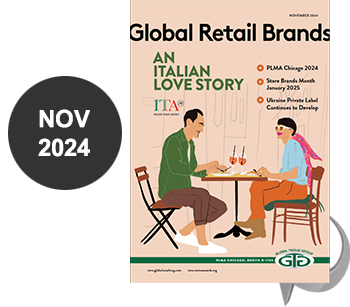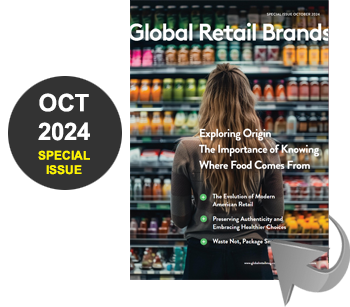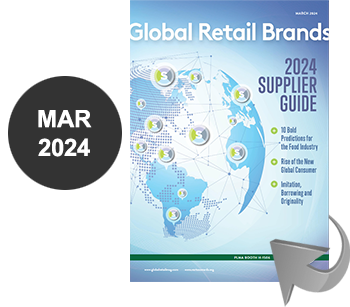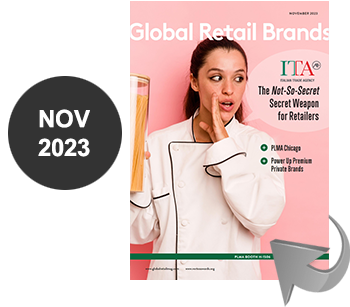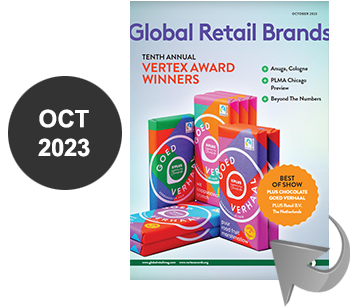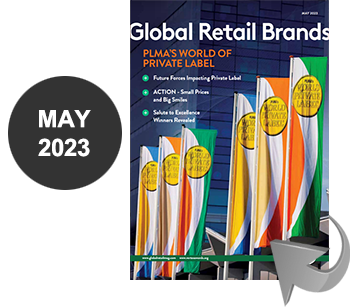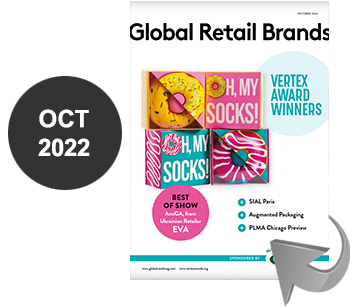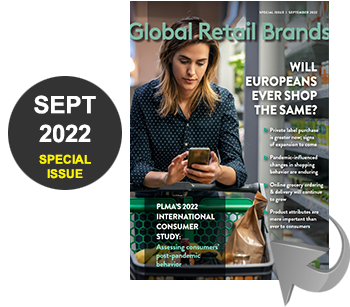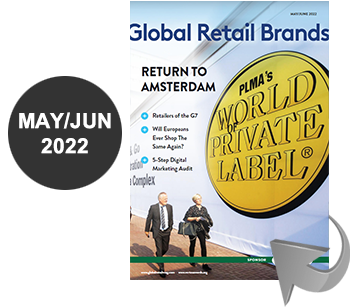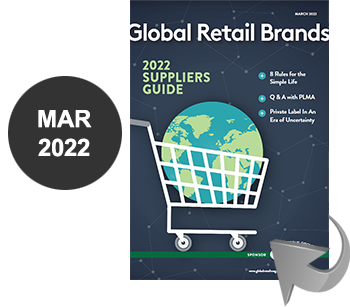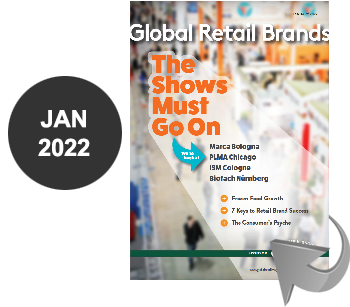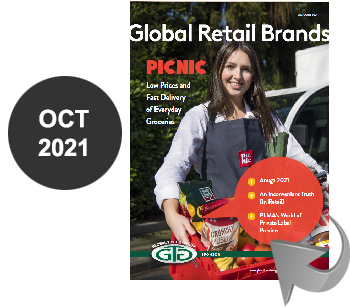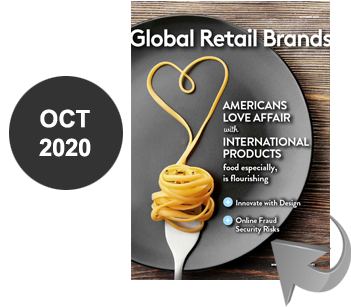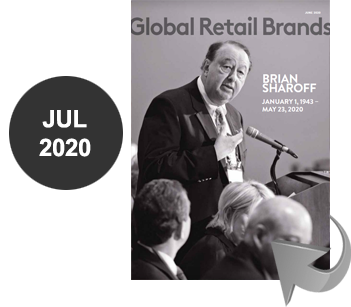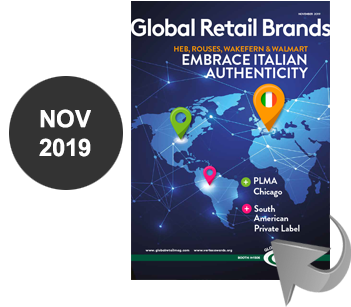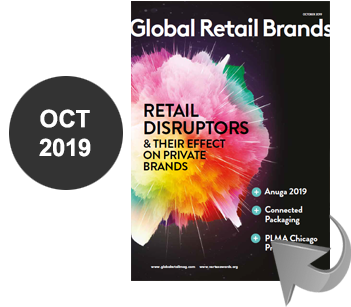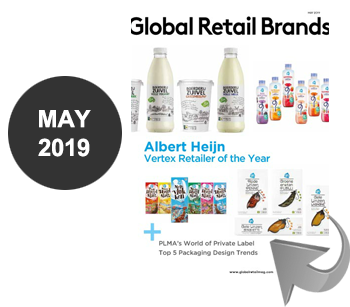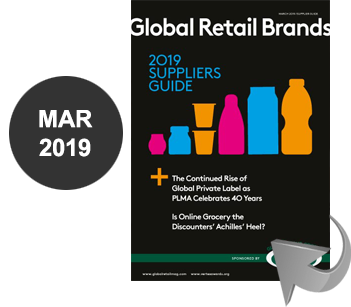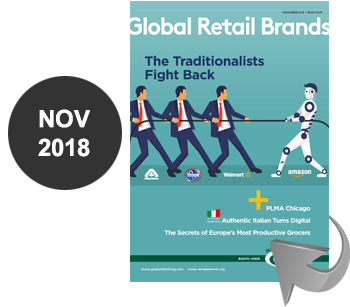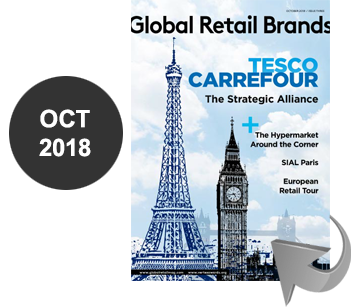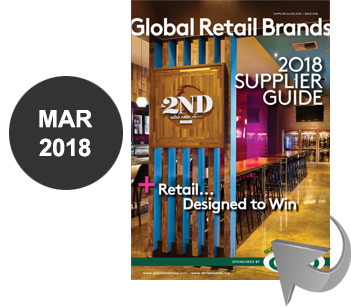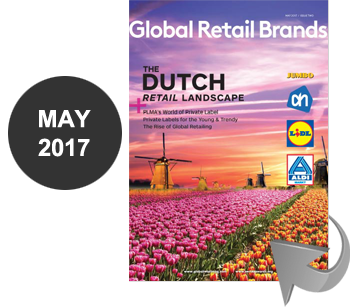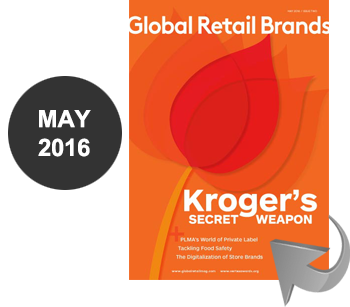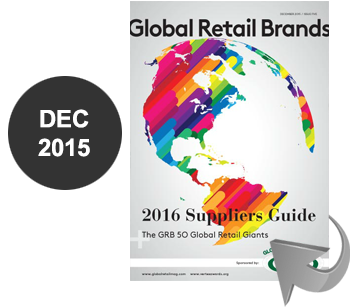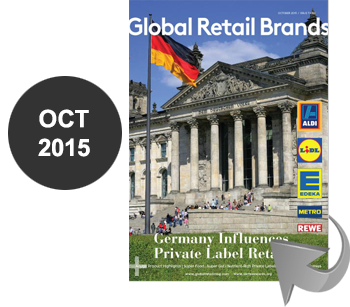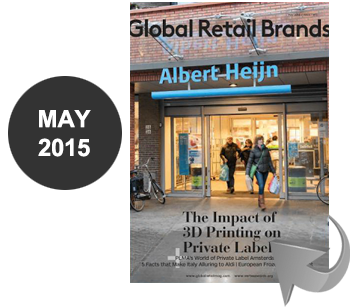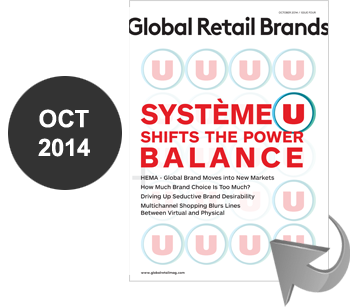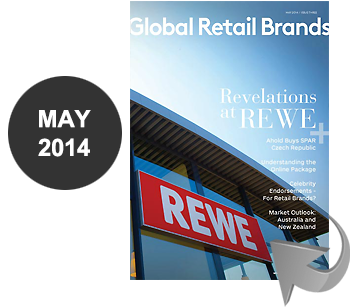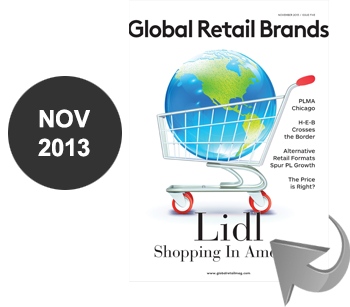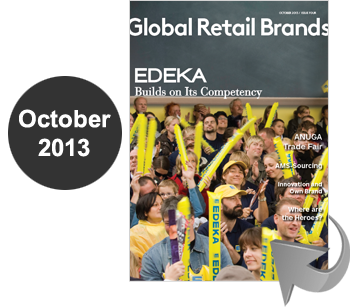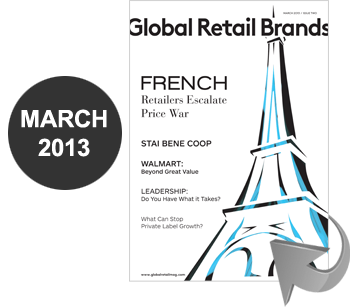By Lian Stevenson, Engagement Manager, Client Solutions Europe, SGK

Have you considered how your product images affect consumer-shopping behaviour?
With 6 billion global smartphone users expected by 2020, in today’s digital age and what is now the ‘endless aisle’, the consumer is key and ultimately drives how brands behave. They decide how, when and where they buy.
Whilst online shopping may not be a new thing, how consumers are shopping is constantly changing as they have become more knowledgeable through having access to more information and choice than ever before. Keeping up is key or risk being left behind as your competitors move forward to meet their demands.
Consumers want their experience to be easy and hassle free. ‘Give me all the information in one place so I can make a quick and informed decision’. If it takes too long, they’ll be onto the next brand or website.
We can’t ignore the importance of the in-store experience: it’s still very much part of the shopping journey but what needs to be considered is the consistency of what consumers are seeing on shelf physically and digitally.
81% of consumers conduct research online before making a purchase (1) and a consumer can touch a brand as many as 57 times from inspiration to purchase, which is mainly online. Think about the reviews, research, recommendations, price comparisons, marketing and social media to name a few. Your brand story will be viewed and compared many times.
Companies like Unilever, Amazon and Procter & Gamble are paving the way with their approach to e-commerce content focusing on making the consumer experience the best possible.
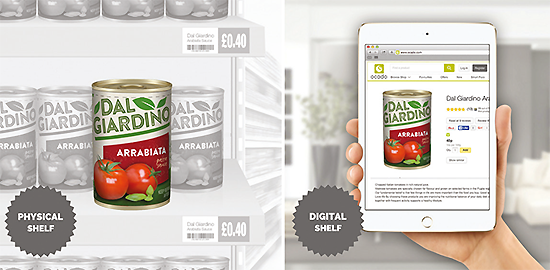
So why is content so important?
According to a comScore Pulse of the Online Shopper™ study product content is the number one reason consumers click the “buy” button. It should therefore be at the heart of your digital strategy. How you present that information is just as important as the in-store experience.
What a customer sees drives their confidence in your brand. First impressions count and consumers will not think twice about moving onto the next brand as quickly as they clicked onto yours. 54% of respondents cited consistency between digital channels and in-store as the most important aspect of a digital retail experience (2) and one in three consumers will choose a different product to the one they intended on buying as a result of poor information.
It’s not just about the pack shot. More retailers are requesting more product content than ever with the aim to improve the overall consumer experience and help conversion.
Offering multiple product views and alternative images can increase online sales by 58% alternative images can increase online sales by 58% (3). Simply put, product content sells.
Amazon and Ebay are paving the way by introducing guidelines for anyone who wants to sell on their sites based on the content they need to provide.
This drive has been influenced by the FIR (Food Information Regulation) 1169 European guidelines that came into effect in 2014 stating that customers should have access to the same product information online as it they can see on the pack (4). It doesn’t have to be a complicated process. Start with your physical in-store packaging and this can be the platform to provide all the data you need ensuring that it’s consistent across the board.
By leveraging the approved artwork for your packaging this can be taken to produce multiple assets, all from the same graphic supply chain:
- An accurate pack shot via CGI without the need for photography
- Different angles and variants of the pack shot (including cutout panels and beautified shots)
- Animation and video using the completed pack shot
- An extract of all the product information on the artwork to provide as product attributes that can be used online
Companies like Schawk are helping their clients maximise their assets by doing just this; taking the core pack artwork to generate multiple deliverables to give back to the client for use across all channels, including:
- Retail
- Sales and marketing
- Online advertising
- Cross sells
- Product sites
By working with and using one supplier, clients have been able to streamline their graphic supply chain and reduce the cost of ownership to the brand managers through the elimination of numerous suppliers.
One brief gives the opportunity to cover multiple if not all-digital content requirements that will mean your content creation is contained within one manageable and controlled process.
For many brand owners, the final approved pack artwork is the only source of accurate and reliable information that enables them to provide consistent content across all channels.
For more information on how Schawk can help you leverage your packaging artwork, contact us: www.schawk.com/contact-us
- Sona Janakiram, “27 Ways to MOTIVATE shoppers who research online TO BUY,” MineThatBlog, November 21, 2014. https://minewhat.com/blog/motivate-shopperswho- research-online-to-buy/
- “The Changing Path to Purchase,” eMarketer, April 2016. https://www.emarketer.com/Webinar/Changing-Path- PurchaseWhat-Means-Add-Mobile-Mix/4000141
- Ben Walker, “Ecommerce Psychology – The Psychology of Consumers and Online Shopping Explained, VoucherCloud, January 9, 2014. https://www.vouchercloud.com/blog/ consumer-psychology-the-e-commerce-checkout/
- “Getting ready for EU regulation 1169, “GSI General Specifications. http://www.gs1.org/eu-1169
Lian Stevenson has 15 years agency experience working for a large portfolio of blue chip UK Retail brands delivering strategic content across all media platforms. As part of the Client Solutions team, Lian has successfully delivered initiatives to help CPG clients deliver improved supply chain workflows, increase speed to market, streamline resources and reduce overall costs. Prior to SGK, Lian was an account director at a leading Content Creation agency in Leeds and has a BA (Hons) European Business with French. http://www.sgkinc.com.



